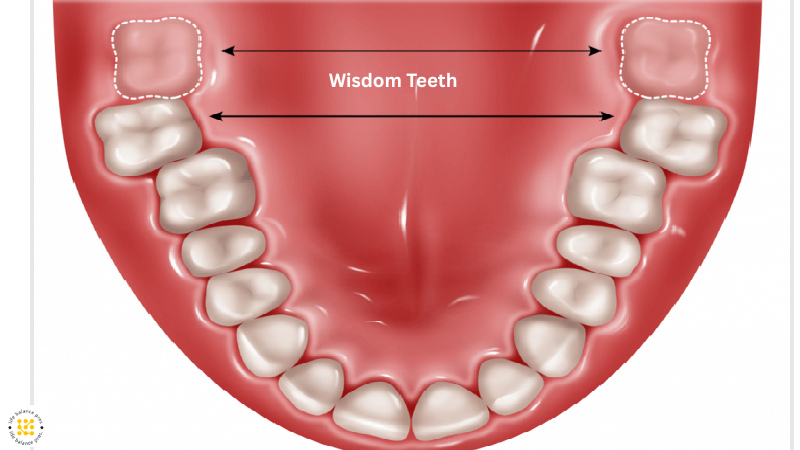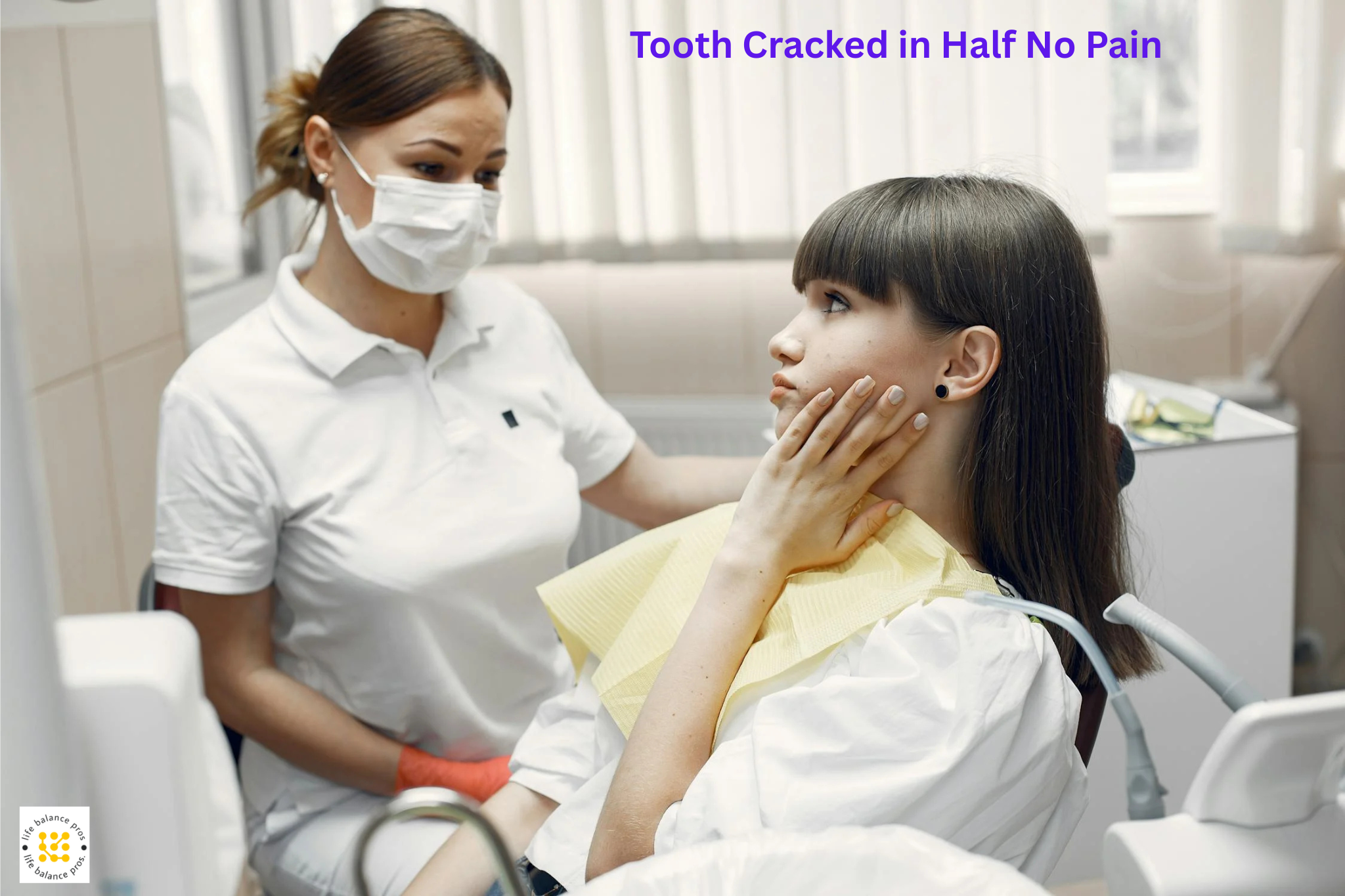The Power of a Brighter Smile
Have you ever noticed how a bright smile can change the way people see you? A white smile can boost confidence, make you look younger, and leave a great first impression. But if your teeth are stained from coffee, wine, smoking, or just aging, you might feel self-conscious about your smile.
The good news? Teeth whitening can transform your smile. Whether you choose professional treatments or at-home solutions, you can see real “before and after” results. In this guide, I’ll walk you through the best whitening methods, what to expect, and how to maintain your new, dazzling smile. Let’s get started!
Teeth Whitening Before and After: Real Transformations
Teeth whitening isn’t just about looking good—it’s about feeling good, too. When people see their results, they often say they feel more confident in photos and social settings.
What Affects Whitening Results?
Your “before and after” results depend on a few key factors:
- The type of stains you have: Surface stains from coffee and smoking are easier to remove than deep, internal discoloration.
- The whitening method you choose: Professional treatments provide faster, more dramatic results than over-the-counter products.
- How well you maintain your teeth after whitening: Avoiding stain-causing foods and drinks helps keep your smile bright longer.
Understanding Tooth Discoloration: Why Do Teeth Stain?
Not all stains are the same. Knowing what causes discoloration can help you choose the best whitening option.
Common Causes of Staining
- Coffee, tea, and red wine: These drinks contain tannins that cling to tooth enamel.
- Smoking and tobacco use: Nicotine and tar cause deep yellow and brown stains.
- Poor oral hygiene: Plaque buildup can make teeth appear yellow.
- Aging: As enamel wears down, the yellowish dentin beneath becomes more visible.
Can All Stains Be Removed?
- Extrinsic stains (on the surface) can usually be removed with whitening treatments.
- Intrinsic stains (inside the tooth) may require deeper treatments like professional bleaching or veneers.
How to Whiten Teeth: Best Methods for a Dazzling Smile
Now that we know why teeth stain, let’s talk about the best ways to whiten them.
At-Home Whitening Options
- Whitening toothpaste and strips: These can remove light surface stains but won’t change deep discoloration.
- LED whitening kits: Some people see good results with these, but they take time and consistency.
- DIY remedies: Baking soda, hydrogen peroxide, and activated charcoal are popular, but they can be abrasive and harm enamel if overused.
Professional Whitening Treatments
- In-office whitening: A dentist applies a potent bleaching agent and may use a laser or light to speed up the process.
- Custom whitening trays: Dentists provide trays with professional-strength gel for at-home use.
Teeth Whitening Dentist: Is Professional Treatment Worth It?
If you want the fastest and most noticeable results, seeing a teeth whitening dentist is your best option.
What to Expect During a Whitening Session
- The dentist applies a whitening gel with a high concentration of peroxide.
- A special light or laser may be used to enhance results.
- The process takes about an hour, and results can be immediate.
Cost of Professional Whitening
- In-office treatments range from $300 to $1,500, depending on the method.
- Custom at-home trays from a dentist cost $200 to $400.
- Over-the-counter products are cheaper, but results take longer.
For more on professional whitening, check out the American Dental Association.
Teeth Whitening Services: Finding the Right Option for You
There are many whitening services available. Here’s how to choose the best one for your needs.
Comparing Whitening Services
- In-office whitening: Delivers the fastest, most dramatic results but is also the most expensive.
- Custom trays from a dentist: Provide strong results at a lower cost than in-office treatments.
- Whitening strips and toothpaste: Work more gradually but are the most affordable options.
Does Insurance Cover Whitening?
Unfortunately, most dental insurance plans don’t cover cosmetic procedures like whitening. If cost is a concern, check out CareCredit, a financing option for dental treatments.
Post-Whitening Care: How to Maintain Your Bright Smile
Whitening your teeth is just the first step. Keeping them white requires daily care.
Tips for Maintaining Your Results
- Avoid stain-causing foods and drinks like coffee, tea, and red wine.
- Use a straw to reduce contact between liquids and your teeth.
- Brush and floss daily to prevent plaque buildup.
- Get regular dental cleanings to remove surface stains.
How Often Can You Whiten?
- Professional treatments: Every 6-12 months
- At-home whitening: Every few months
- Whitening toothpaste: Safe for daily use
Myths and Facts About Teeth Whitening
Let’s clear up some common misconceptions.
· Myth: Whitening Damages Enamel
Fact: When done correctly, whitening does not harm enamel. Overuse of DIY methods, however, can be abrasive.
· Myth: Charcoal Toothpaste Works Wonders
Fact: Charcoal toothpaste is abrasive and may wear down enamel, leading to more staining over time.
- Myth: Whitening Makes Teeth Permanently Sensitive
Fact: Some sensitivity is normal, but it’s temporary. Using a desensitizing toothpaste helps.
Conclusion: Get Ready for Your Own “Before and After” Moment
A whiter smile isn’t just about looking better—it’s about feeling more confident. Whether you go for a professional treatment or an at-home method, the key is consistency and maintenance.
If you’re ready for a brighter smile, book a consultation with a teeth whitening dentist or start with a trusted at-home product. Your perfect smile is just a few steps away!
Want the best whitening advice? Visit your dentist or check out high-rated whitening kits today!




